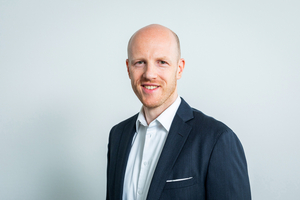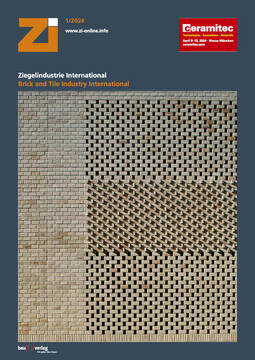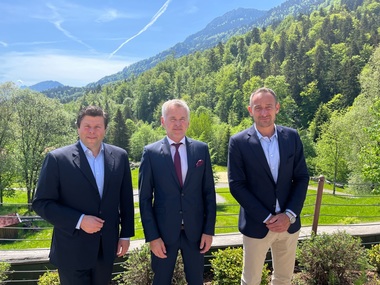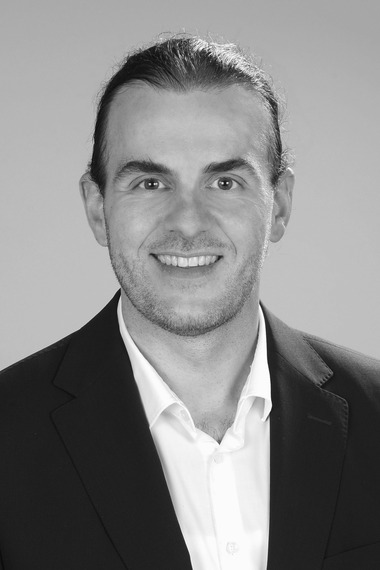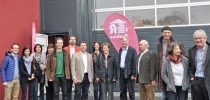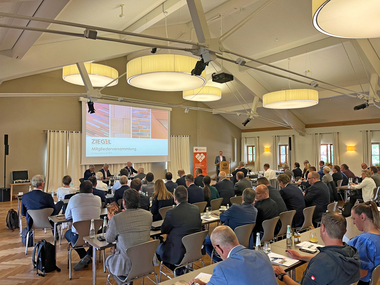Dear readers,
We are living in challenging times. The term “polycrisis” is increasingly being used in politics and science to summarise the many international crisis-like developments. The brick and tile industry has had to painfully experience its effects on the construction industry: Building interest rates quickly rose steeply, previously approved construction projects were paused or cancelled altogether due to a lack of affordable financing and refurbishments were in sharp decline. In terms of domestic policy, the budget crisis and a zigzag approach to subsidising housing construction squandered a great deal of trust. Last year, some of our companies struggled with sales problems, temporary and permanent plant closures and short-time working.
An economic recovery is not in sight, at least not for 2024. All of this at a time when the mammoth task of industrial transformation towards a sustainable energy supply is demanding enormous efforts from companies.
Despite the seemingly gloomy picture, these shockwaves have shown one thing: The German brick and tile industry is both resilient and future-orientated. Manufacturers can draw on a wealth of entrepreneurial experience. The industry has once again proven that it is capable of constantly reinventing itself and innovatively adapting its products to the new contextual conditions. Brickmakers keep their feet on the ground and always looks to the future. Because we know that: After every crisis, things pick up with fresh ideas and experience.
The new year has a lot in store: European elections and the presidential elections in the USA are coming up, which could have a significant impact on industrial and climate policy. The Berlin to-do list is also long. After various construction summits, country meetings and round tables, it is now time to move from words to action and further develop measures. Above all, climate-conscious construction must be implemented in an affordable and technology-neutral way. This requires adequate and reliable long-term housing subsidies. Only if as many people as possible are able to build affordably can they invest in their private future and reduce the burden on the state in the long term. Raising awareness here and emphasising the potential of brick is a core topic for 2024. We are also continuing to put the life cycle assessment of buildings and the reduction of bureaucracy on our agenda.
As an industry, we have big plans. Let’s tackle it together!
I wish you an interesting read and all the best for 2024!
Yours,
Attila Gerhäuser
Chief Executive Officer of the Federal Association of the German Brick and Tile Industry e. V.

